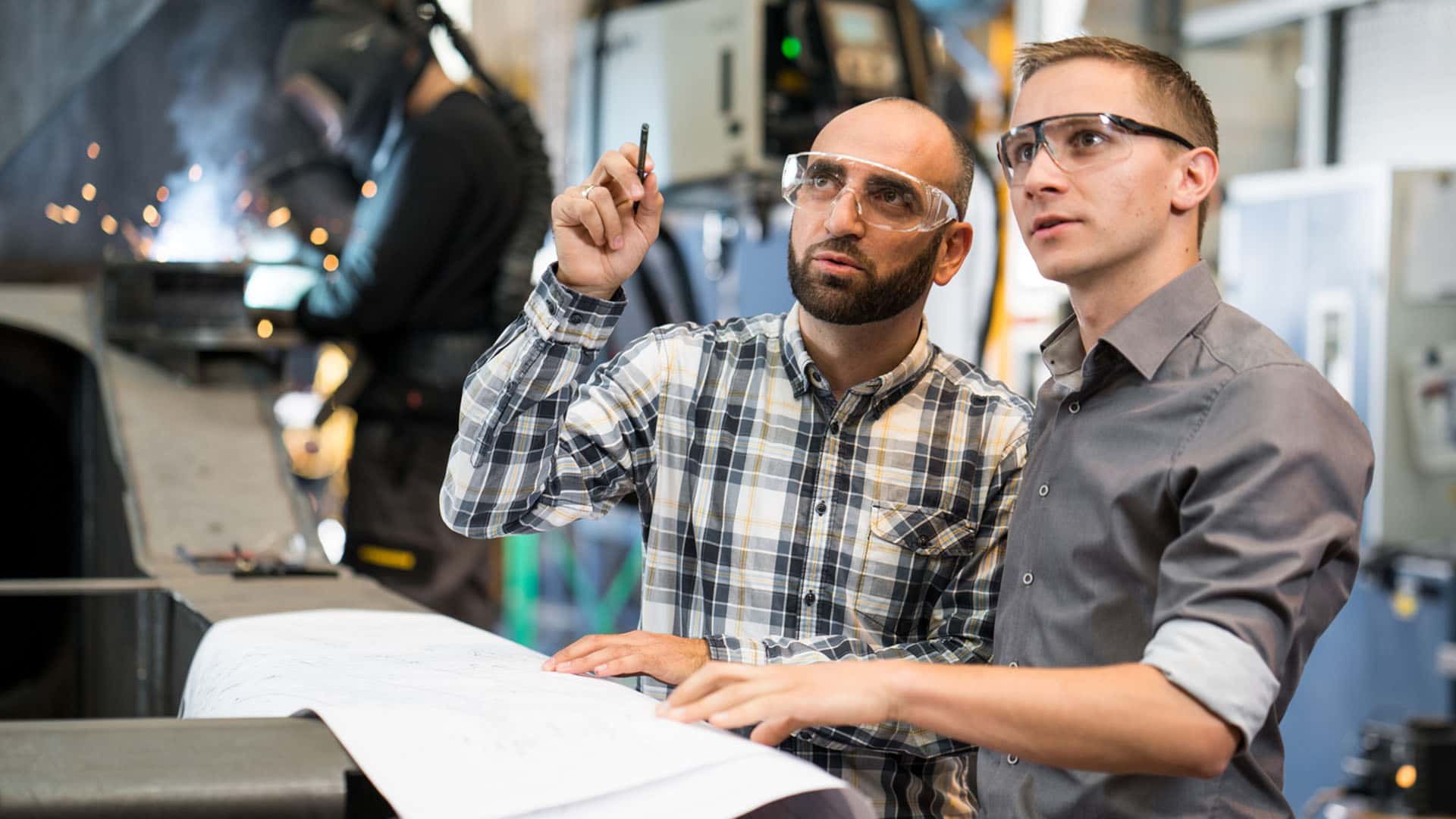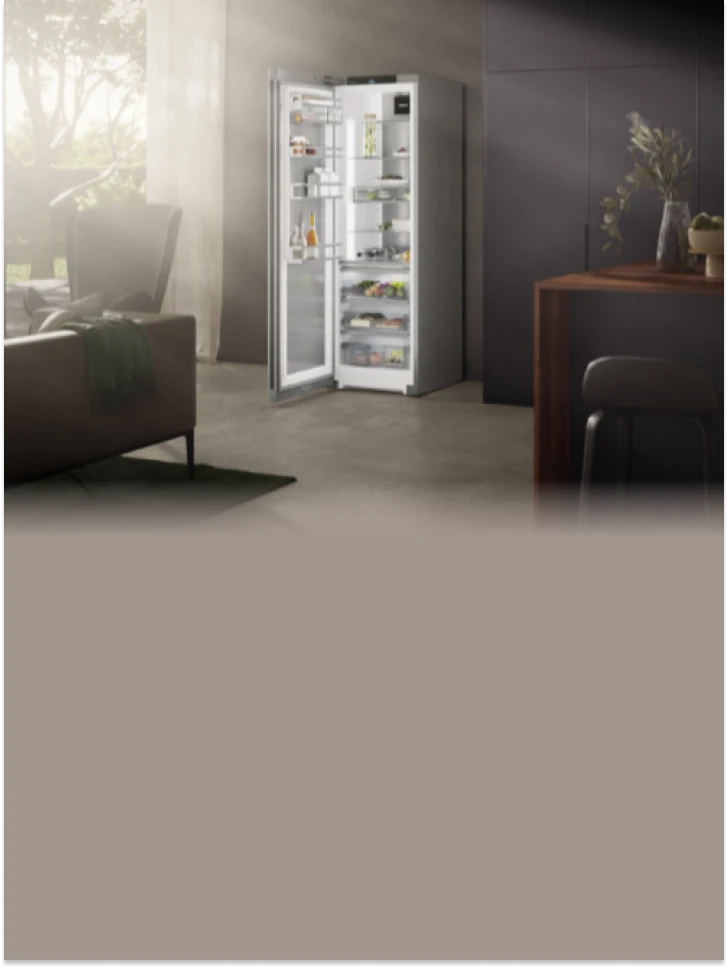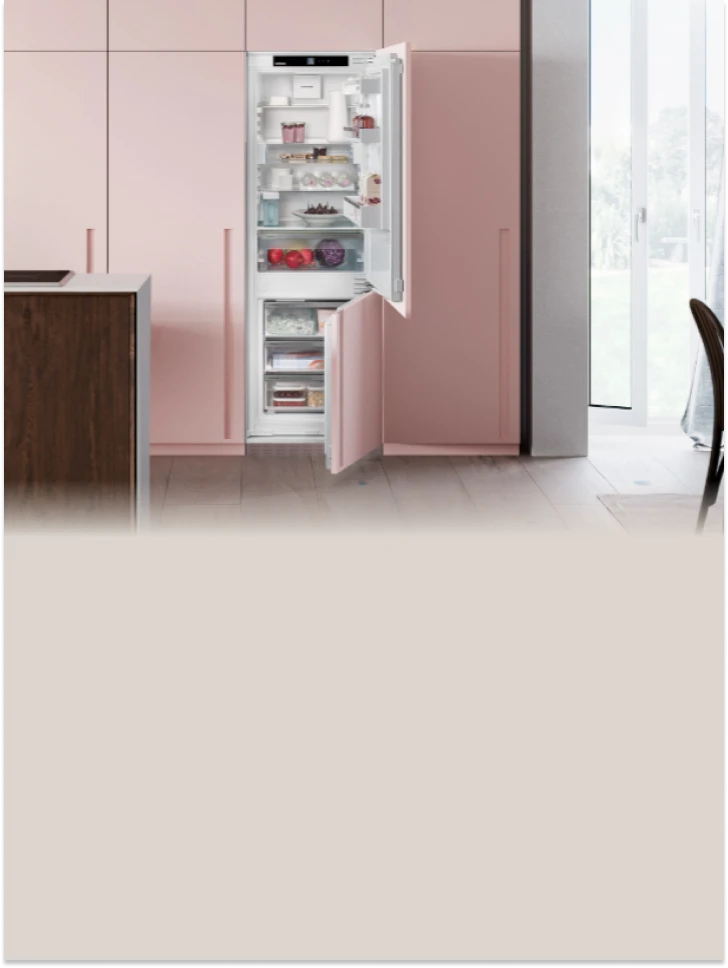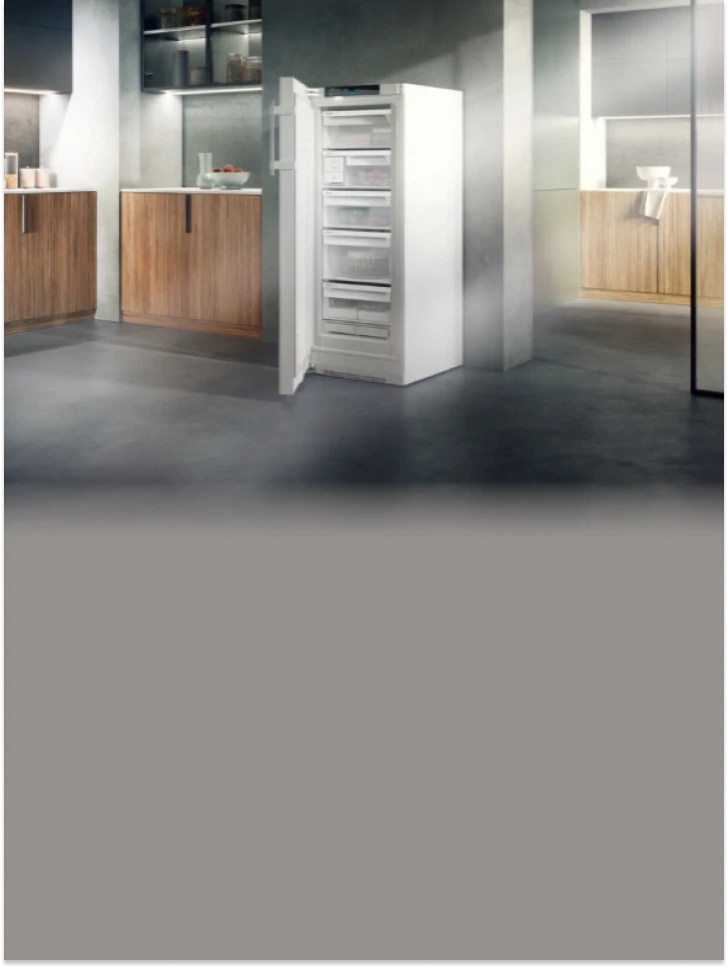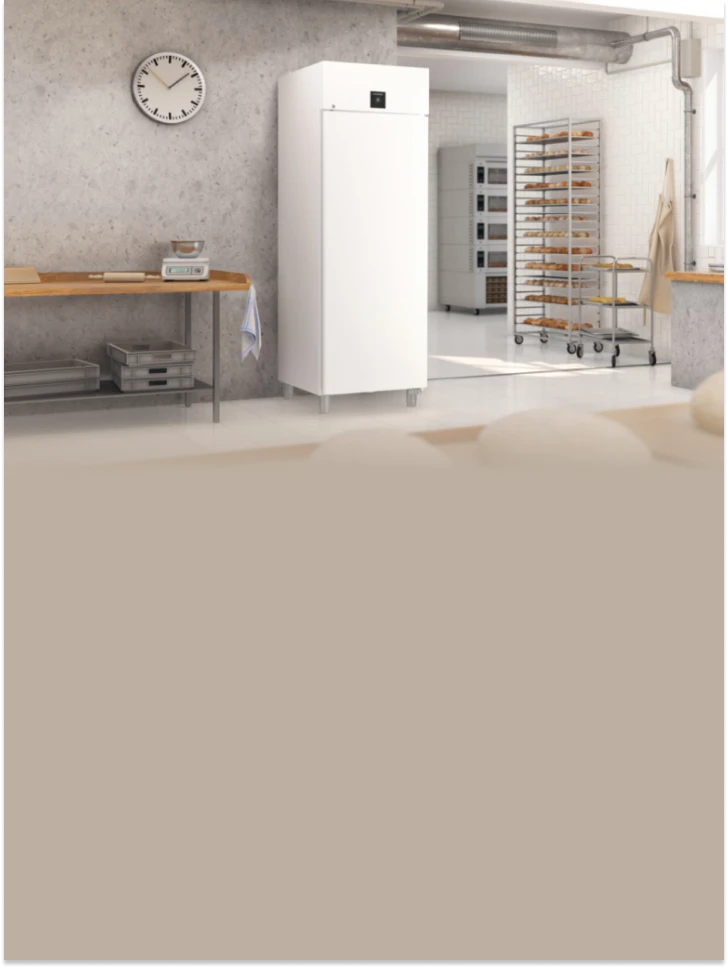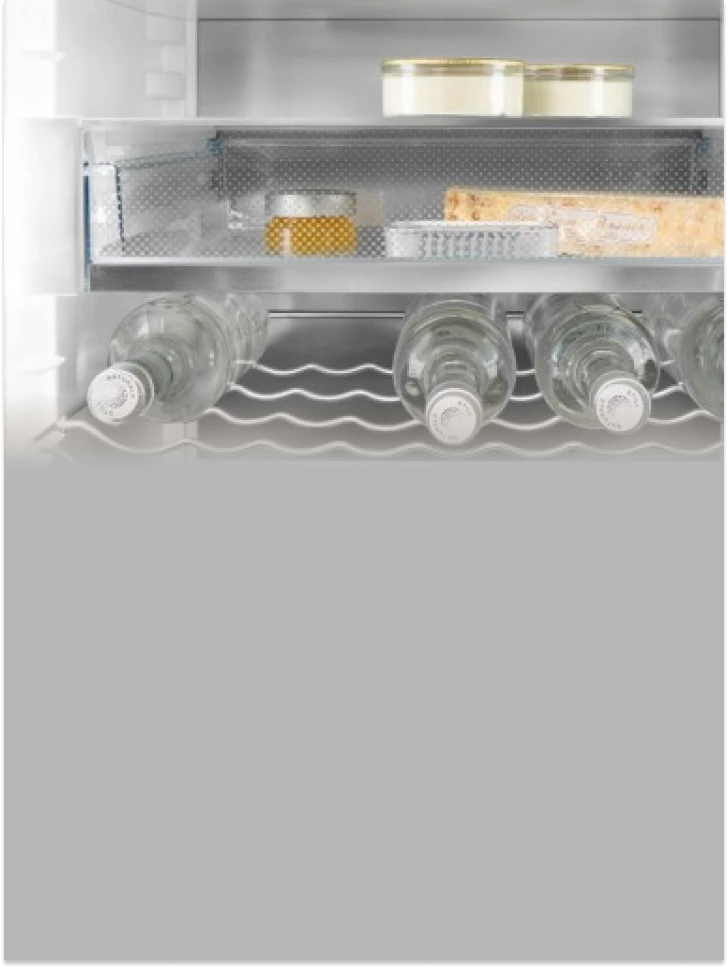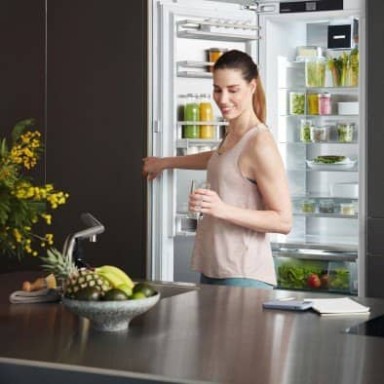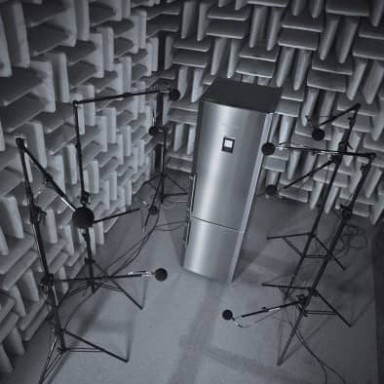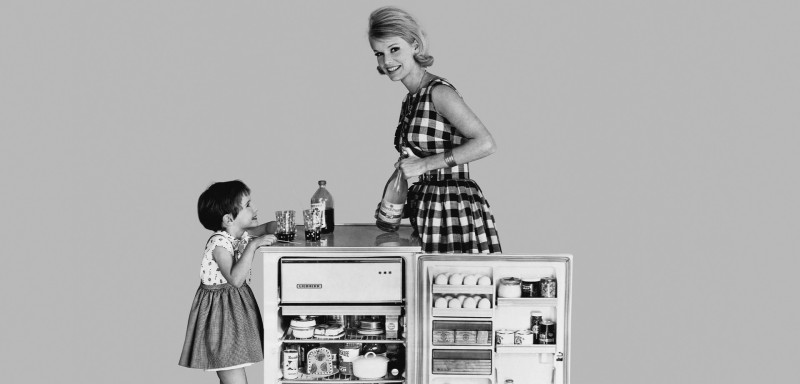 Refrigeration and freezing
Refrigeration and freezingThe product was added to your wish list.
The product was successfully added to the product comparison.
Liebherr appliances
Experience our passion for refrigeration and freezing.
Do you have any questions or would you like some advice?
Are you looking for a new refrigerator or freezer? Just tell us what is important to you and we will find the right model to suit your needs. Do you already have one of our refrigerators or freezers and would like some advice on use and handling? Get in touch with us. We will be happy to assist you.
You can reach us by telephone from Monday to Friday 8:00 AM and 5:00 PM. EST

